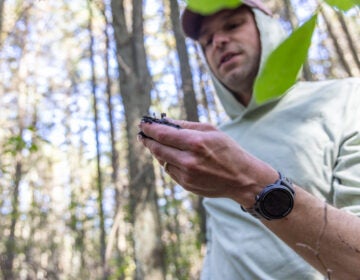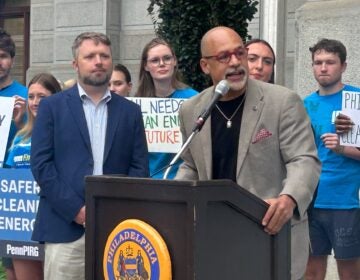The true cost of free returns
Free returns has made online shopping too good to resist, but an estimated 25% of merchandise never makes it back to the shelf, often ending up in landfills instead.
Listen 49:00
(AP Photo/Charles Krupa)
Clothing, mattresses, leaf blowers, waffle irons and dog food – people buy everything online these days. And they return a lot of it, too. Retailers took back $100 billion in items last year.
The enticement of “free returns” has made the prospect of online shopping too good to resist, especially during a pandemic. Promises of free shipping and full refunds have taken the risk out of buying things sight unseen.
But it’s estimated that around 25% of the merchandise we return never makes it back onto the shelf, instead a lot of it ends up in landfills often in faraway countries. And since sellers know we’ll send stuff back, they’ve built that cost into the price of the products. Today – the reverse supply chain and why the system is so inefficient. We’ll talk about what it reveals about our consumer culture and the real costs of free returns on the environment.
Guests
Amanda Mull, , staff writer at the Atlantic where she writes about material culture. @amandamull
Hitendra Chaturvedi , professor of supply chain management at the W.P. Carey School of Business at Arizona State University and the author of the book, Sense and Sustainability. He previously owned a reverse logistic company.
We recommend
The Atlantic, The Nasty Logistics of Returning Your Too-Small Pants – “In a race to acquire new customers and retain them at any cost, retailers have taught shoppers to behave in ways that are bad for virtually all involved.”
CNBC, What really happens to Amazon returns – “From all those returns, there’s now nearly 6 billion pounds of landfill waste generated a year and 16 million metric tons of carbon dioxide emissions as well.”
Guardian, The hidden environmental cost of your free holiday returns – “88% of consumers think that returns go right back on the shelf and are resold to the next consumer. But in reality, the majority of returned items cannot be resold as new.”
WHYY is your source for fact-based, in-depth journalism and information. As a nonprofit organization, we rely on financial support from readers like you. Please give today.





